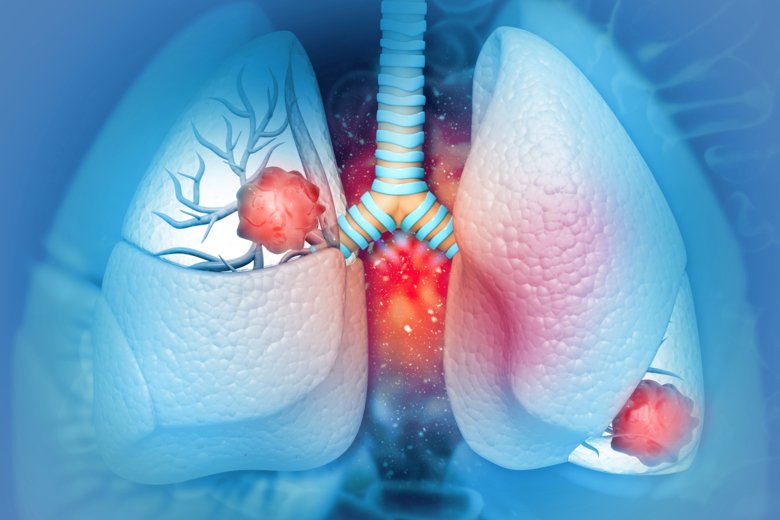Significant association between income and survival after surgery for lung cancer

Patients with low income have a higher risk of death following surgery for lung cancer compared with patients with high income. The association remains even after taking prevalence of common comorbidities, and other factors that are known to influence the risk of death, into account. This is according to a study published in the journal Thorax by researchers at Karolinska Institutet in Sweden.
There are known survival differences in the general population that are related to differences in socioeconomic status. Moreover, the gap in life expectancy seems to be increasing and can to a large part be explained by differences in deaths from cardiovascular disease and cancers.

Swedish population-based studies have previously shown a link between educational level and lung cancer survival and a strong correlation between income and survival after cardiac surgery. This prompted the research group in this study to investigate a possible association between household disposable income and survival after surgery for lung cancer.
“Sweden has a tax-funded universal health care system granting citizens equal access to care, therefore, we hypothesized that household disposable income would not be associated with long-term survival following lung cancer surgery,” says Erik Sachs, PhD student at the Department of Molecular Medicine and Surgery at Karolinska Institutet, and resident in cardiothoracic surgery at the Karolinska University Hospital.
Lower risk of death for high income earners
The researchers performed a population-based register study that included 5,500 patients who underwent surgery for lung cancer between 2008 and 2017. During a mean follow-up time of 3.2 years, 1,736 patients died. After adjusting for a range of factors known to increase the risk of death, including old age, smoking and common comorbidities such as cardiovascular disease, the researchers found that patients in the highest income quintile had a 23 percent lower risk of death compared with patients in the lowest income quintile.
“Contrary to our hypothesis, the analysis showed that patients with low household disposable income had significantly worse long-term survival compared with patients with high household disposable income,” says Erik Sachs, one of the study’s authors. “We don’t know what causes this association. To answer this question, studies investigating the underlying mechanisms of the association are needed.”
The researchers note that they did not have access to information on diet, physical activity and social support, factors that have previously been associated with socioeconomic status and could potentially influence life expectancy.
Improvements possible

“It is reasonable to assume that there are a number of factors that negatively affect lung cancer survival and whose effects would be possible to modify,” says co-author Veronica Jackson, researcher at the Department of Molecular Medicine and Surgery at Karolinska Institutet and a cardiothoracic surgeon. “Our findings are important as they suggest that, with proper measures, it would likely be possible to improve the prognosis for patients with low household disposable income. But firstly, we have to identify which measures that are the “right” measures.”
The study was financed with grants from the Swedish Heart-Lung Foundation, the Åke Wiberg Foundation, Karolinska Institutet Foundations and Funds, and the regional ALF agreement between Region Stockholm and Karolinska Institutet.
Publication
”Household disposable income and long-term survival after pulmonary resections for lung cancer”, Erik Sachs, Veronica Jackson, and Ulrik Sartipy, Thorax, online 20 juni, 2020, doi: 10.1136/thoraxjnl-2019-214321
